Unit Test (Solutions): The Invisible Living World: Beyond Our Naked Eye | Science Curiosity Class 8 - New NCERT PDF Download
Time: 1 hour
M.M. 30
Attempt all questions.
- Question numbers 1 to 5 carry 1 mark each.
- Question numbers 6 to 8 carry 2 marks each.
- Question numbers 9 to 11 carry 3 marks each.
- Question numbers 12 & 13 carry 5 marks each.
- 1-mark questions include MCQs.
Q1: The basic unit of all living organisms is the (1 Mark)
(i) tissue
(ii) organ
(iii) cell
(iv) organ system
Ans: (iii)
All living organisms—from microbes to plants and animals—are built from cells, which contain the parts that carry out life processes.
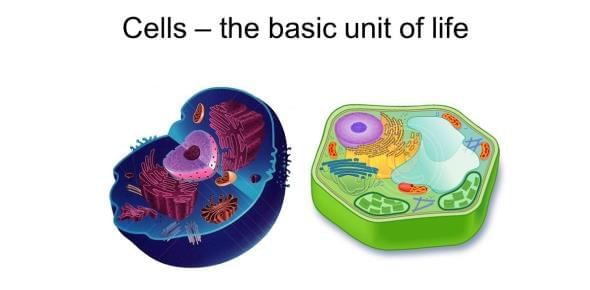
Q2: Which structure controls the activities inside a cell? (1 Mark)
(i) Cytoplasm
(ii) Nucleus
(iii) Cell membrane
(iv) Cell wall
Ans: (ii)
The nucleus regulates cell functions and growth; it stores genetic instructions that guide cellular activities.
Q3: Onion peel cells appear rectangular and firm primarily because of the (1 Mark)
(i) nucleus
(ii) vacuole
(iii) chloroplast
(iv) cell wall
Ans: (iv)
Plant cells possess a rigid cell wall external to the cell membrane, giving shape, rigidity, and compact arrangement.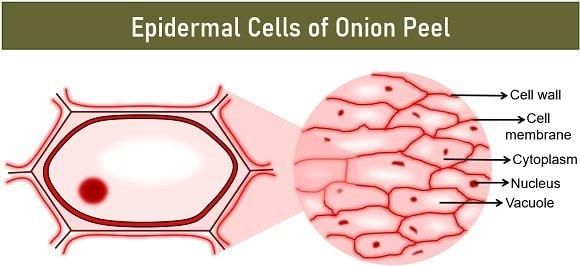
Q4: Which is a correct level-of-organisation sequence in organisms? (1 Mark)
(i) Cell → Tissue → Organ → Organ system → Organism
(ii) Tissue → Cell → Organ → Organ system → Organism
(iii) Cell → Organ → Tissue → Organ system → Organism
(iv) Organism → Organ system → Organ → Tissue → Cell
Ans: (i)
Cells of similar kind form tissues; tissues combine to form organs; related organs work together as organ systems which make an organism.
Q5: Yeast makes dough rise mainly because it produces (1 Mark)
(i) oxygen
(ii) nitrogen
(iii) carbon dioxide
(iv) ammonia
Ans: (iii)
During fermentation, yeast releases CO₂ bubbles that get trapped, making dough soft, airy, and risen.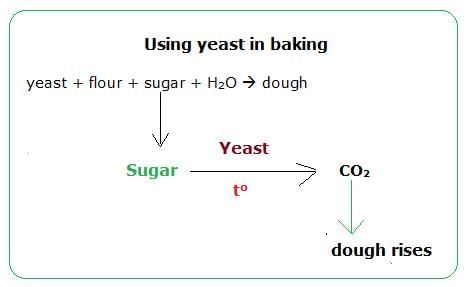
Q6: State two differences between plant cells and animal cells seen at this level of study. (2 Marks)
Ans: (i) Plant cells have a cell wall; animal cells do not.
(ii) Plant cells often have a large central vacuole (and chloroplasts in green parts); animal cells typically have small vacuoles and no chloroplasts.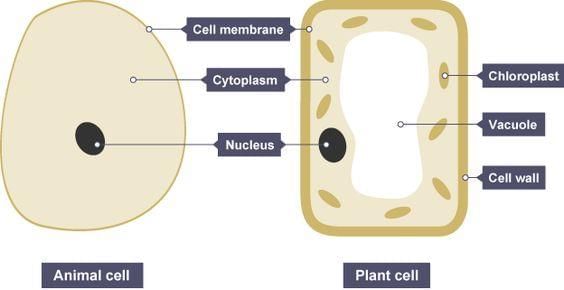 Plant and Animal Cell
Plant and Animal Cell
Q7: Define microorganisms. Give one example each of a unicellular microorganism and a multicellular microorganism. (2 Marks)
Ans: Microorganisms are living beings too small to be seen with the unaided eye, observable under microscopes/foldscopes.
Example unicellular: Bacteria/Amoeba/Paramecium.
Example multicellular: Mould (filamentous fungus)/some algae.
Q8: What are root nodules and how do the bacteria in them benefit crops? (2 Marks)
Ans: Root nodules on legumes (e.g., peas, beans, lentils) house Rhizobium bacteria that fix atmospheric nitrogen into plant-usable forms, enriching soil fertility and reducing the need for nitrogen fertilisers.
Q9: Explain how the structure of a nerve cell relates to its function. Contrast it briefly with a cheek cell. (3 Marks)
Ans:
Nerve cells, or neurons, are long and have special parts to carry messages quickly in the body. It contains the nucleus, which controls the cell’s activities.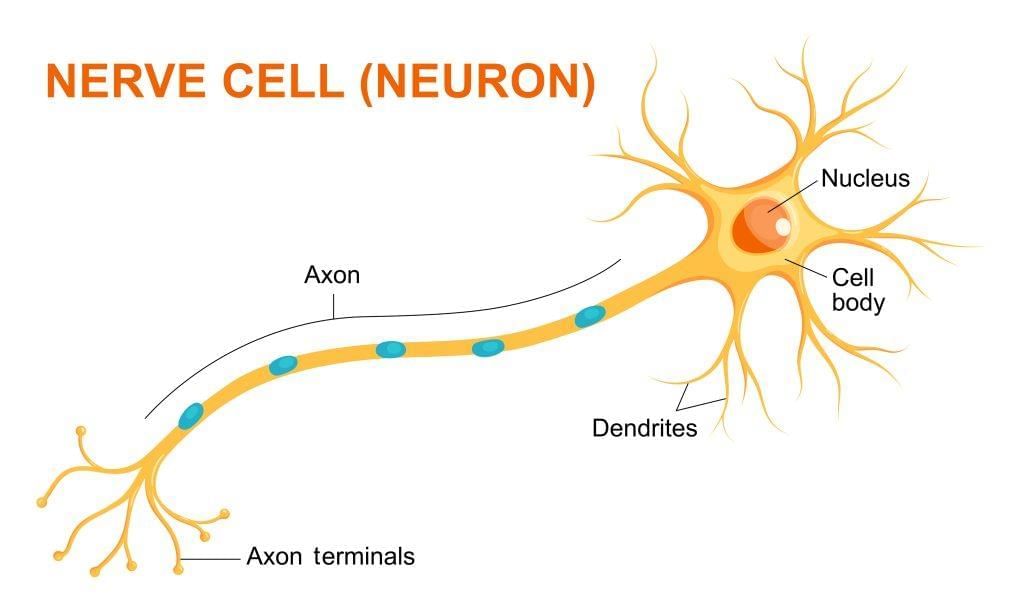
Contrast with Cheek Cell:
Cheek cells are flat and box-shaped, forming a protective layer in the mouth. Unlike neurons, they don’t carry signals; they just protect tissues from damage or germs. Their simple, flat shape suits this covering role, while neurons’ long, branched shape is for signal transmission.
Q10: During the onion peel activity, why are stains (like safranin) and glycerin used? What would happen if a coverslip traps air bubbles? (3 Marks)
Ans: In the onion peel activity, we use stains and glycerin to see cells clearly under a microscope.
- Stains (e.g., Safranin): Safranin adds red color to the onion cells, making parts like the nucleus and cell wall stand out. Without it, cells are too transparent to see properly.
- Glycerin: Glycerin keeps the onion peel wet so cells don’t dry out and shrink. It also makes the slide clearer by reducing light scattering.
- Air Bubbles Under Coverslip: If air bubbles get trapped, they block the view, making cells look blurry or hidden. Bubbles can also move the coverslip, making it hard to focus the microscope.
Q11: You observe pond water and soil suspension under a microscope. List two likely microorganisms from each and one short identifying feature. (3 Marks)
Ans:
Pond:
(i) Amoeba—single cell with changing (irregular) shape and slow movement; 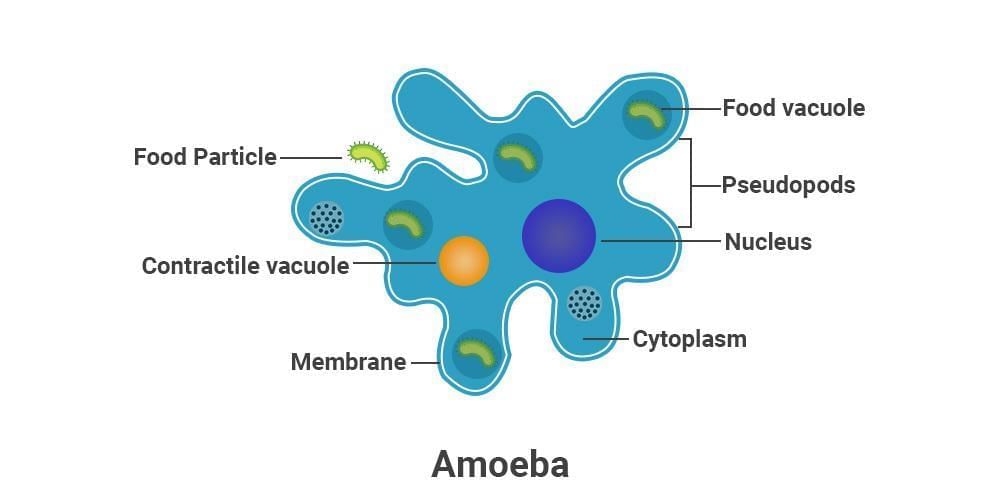 (ii) Paramecium—single cell with fast gliding movement using cilia.
(ii) Paramecium—single cell with fast gliding movement using cilia.
Soil suspension:
(i) Filamentous mould—branched hyphae without chlorophyll (may show sac/brush-like structures);
(ii) Bacteria—very small spherical/rod/comma/spiral forms; may show flagellum.
Q12: (a) Describe an investigation to show that yeast needs warmth and sugar to make dough rise.
(b) Explain the role of temperature and sugar in this process. (5 Marks)
Ans:
(a) Prepare two bowls with the same flour. Add warm water and a pinch of sugar to both; add yeast only to Bowl A (Bowl B is control or add yeast to both but keep B cold). Cover and keep A in a warm place; B in a cool place. After 4–5 hours, compare volume, texture, and smell. Bowl A should rise more/fluff; B shows little to no rise if cold or without yeast.
(b) Yeast grows best at warm temperatures; it metabolises sugar to produce CO₂ and small amounts of alcohol (fermentation). The CO₂ gas makes the dough expand; low temperature slows yeast activity; absence of sugar limits gas production.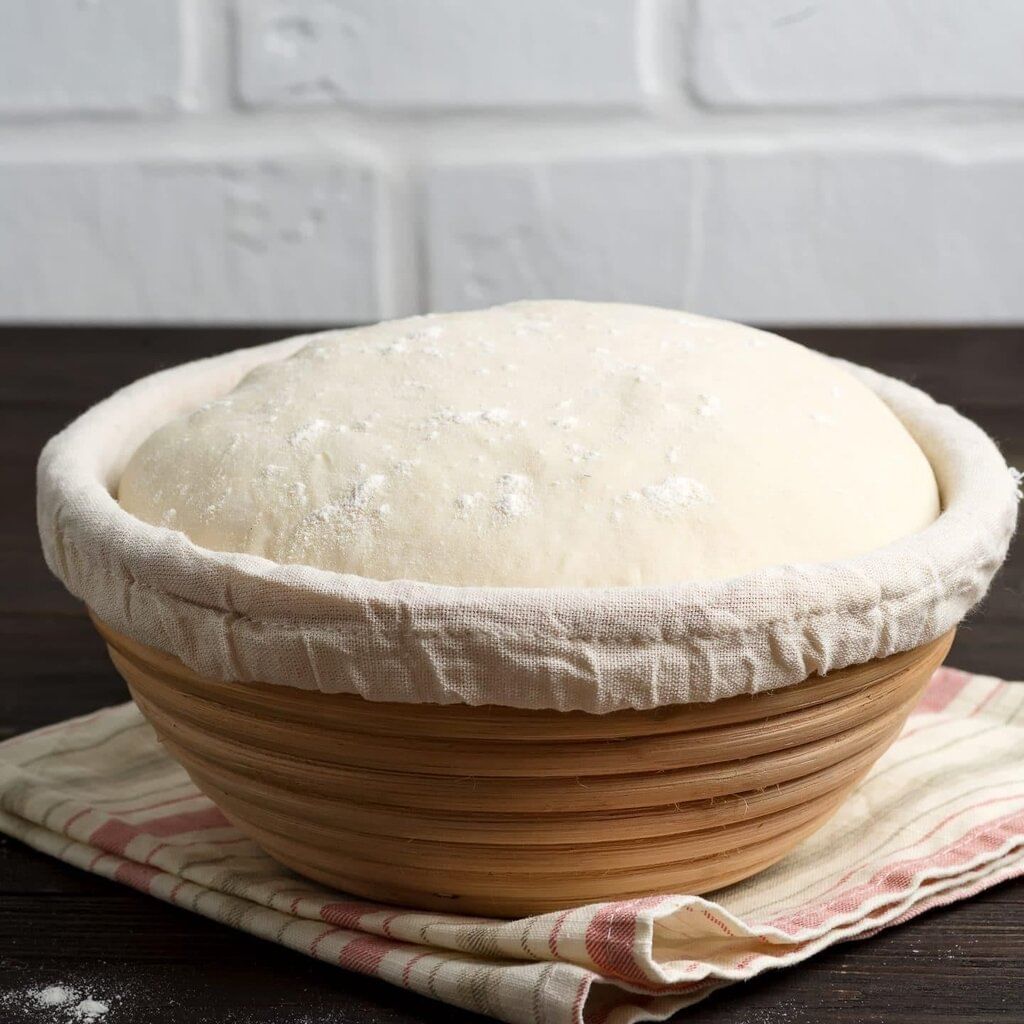 Raised Dough
Raised Dough
Q13: Answer the following based on cells and microbes.
(a) Why is a cell called the basic unit of life?
(b) Distinguish bacteria from plant/animal cells in terms of the nucleus.
(c) Explain how microorganisms both “clean the environment” and “help in food”. (5 Marks)
Ans:
(a) All life processes are executed by cell components; tissues, organs, and systems derive from cells. Without cells, living functions cannot occur—hence the cell is the structural and functional unit of life.
(b) Bacteria lack a well-defined, membrane-bound nucleus; instead they have a nucleoid region. Plant/animal cells have a true nucleus enclosed by a nuclear membrane.
(c) Cleaning: Decomposer microbes (bacteria, fungi) break down dead plants/animals and organic wastes into simpler nutrient-rich substances (manure), recycling nutrients to soil and reducing litter.
Food: Yeast ferments dough (breads, cakes, bhatura/idli/dosa batters with helpful bacteria), and Lactobacillus converts milk sugar to lactic acid to set curd (and other fermented foods), improving texture, flavour, and sometimes nutrition.
|
59 videos|235 docs|13 tests
|
FAQs on Unit Test (Solutions): The Invisible Living World: Beyond Our Naked Eye - Science Curiosity Class 8 - New NCERT
| 1. What is the invisible living world and why is it important to study? |  |
| 2. How do microorganisms impact human health? |  |
| 3. What are some common methods used to study microorganisms? |  |
| 4. What role do microorganisms play in the environment? |  |
| 5. How can knowledge about the invisible living world be applied in daily life? |  |
















